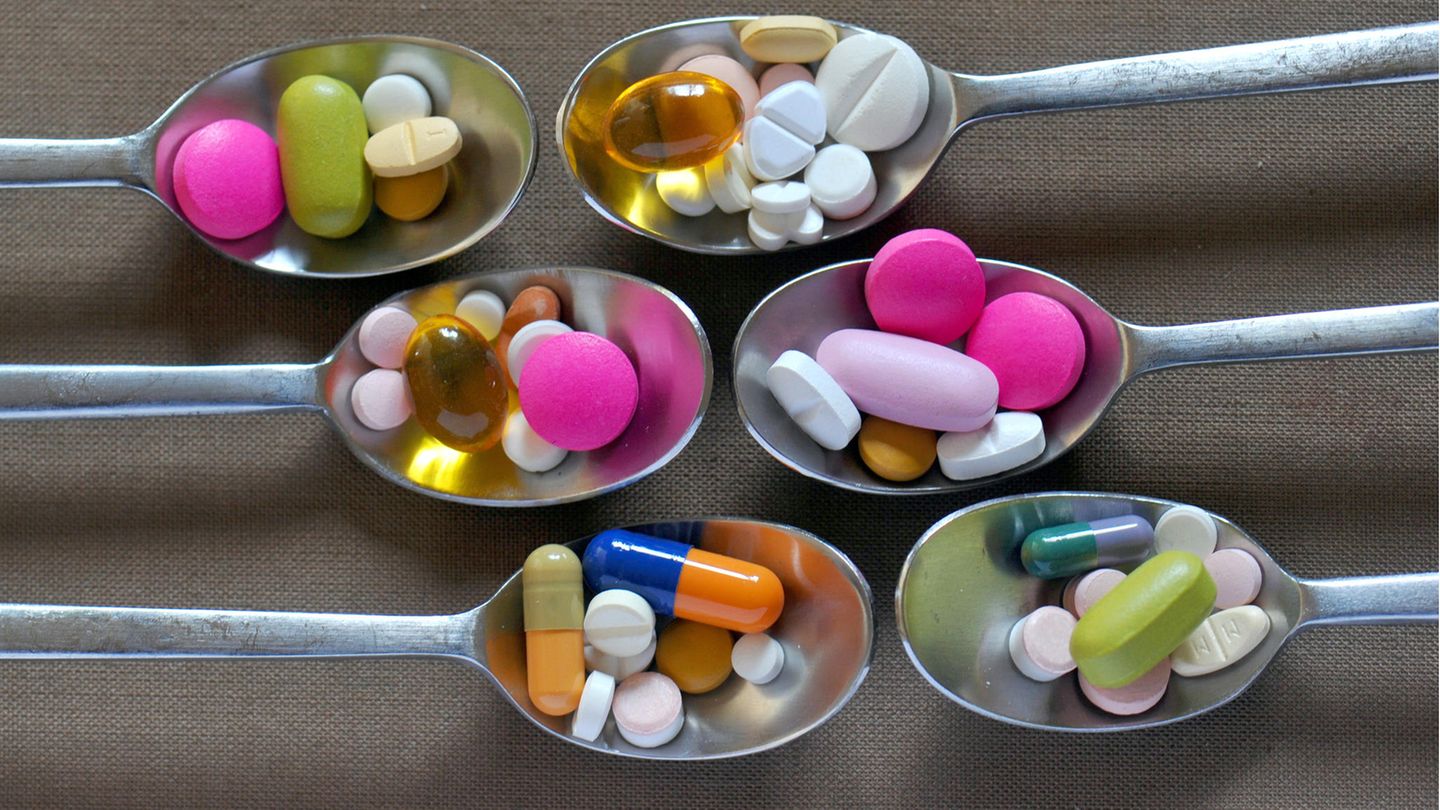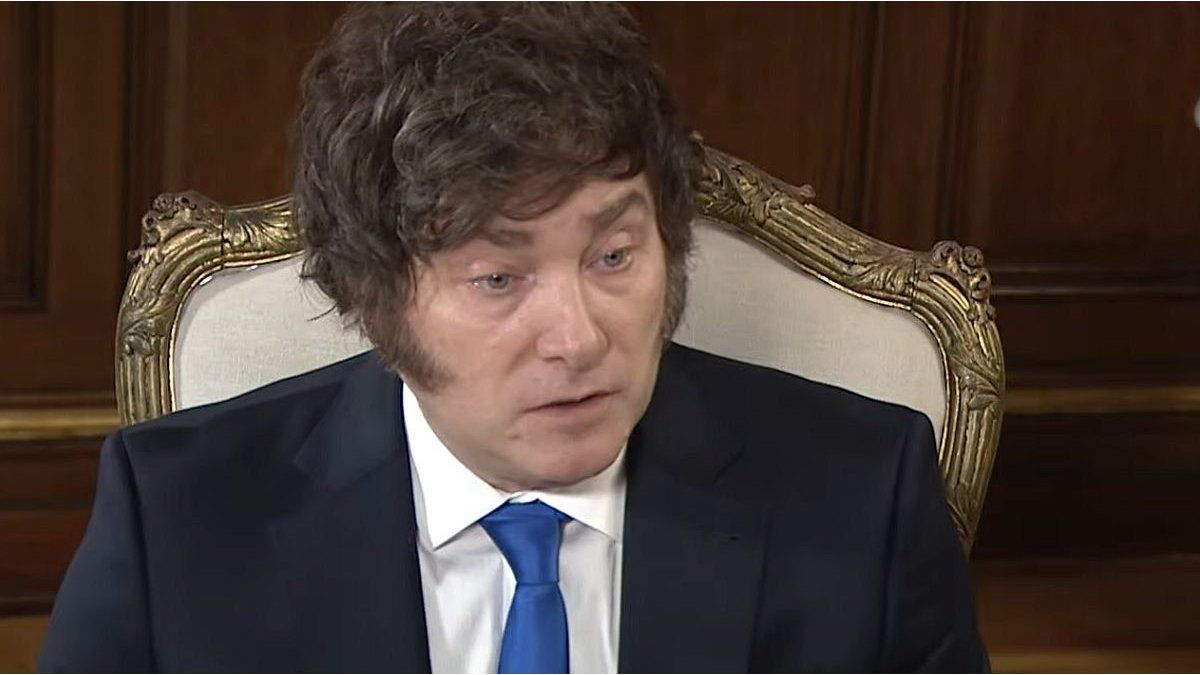Many pharmaceutical companies have their active ingredients produced in the Far East. Stiftung Warentest wanted to find out how well manufacturers maintain quality and set social and environmental standards. But the industry is walling.
Be it antihypertensives, thyroid hormones or drugs to treat cardiovascular diseases – for many people the day starts with swallowing a pill. But how high is the quality in the production of pharmaceuticals and are environmental and social standards met? Stiftung Warentest wanted to answer these questions with a survey of pharmaceutical manufacturers. But they got scant answers.
According to estimates, the pharmaceutical industry has 80 percent of its active ingredients manufactured outside the EU and the USA, primarily in China and India. The negative consequences of the production of medicines and other medical products such as surgical masks in third countries have been shown in the past: If there are supply bottlenecks, medicines can become scarce all over the world.
Three pharmaceutical companies do not provide any information
Stiftung Warentest sent a questionnaire to ten pharmaceutical manufacturers that are represented with a particularly large number of drugs in the product tester drug database. The manufacturers were asked about their company’s drug what users searched for most frequently on “” in 2021. For example, the blood thinner Plavix and the shingles remedy Zostex. But the industry showed little willingness to provide information. Berlin-Chemie, Pfizer and Sanofi did not answer any of the questions. Others only gave brief, general information. Four generics manufacturers provided the greatest insight. Generics are low-cost imitations of drugs with expired patents. Three generics manufacturers stated that they pay attention to the quality of their suppliers. This is a fulfillment of the legal obligation.
According to Stiftung Warentest, little can be found out about the working conditions in Chinese and Indian locations of pharmaceutical companies. Environmental standards do not seem to play a major role: studies and research in the past have shown that the waters around the production sites in India or China are contaminated with antibiotics. Resistant germs could also be detected. The spread of such germs would be problematic because no antibiotics help against them.
High quality standards for medicines on the European market
“Drugs from the Far East are not automatically bad,” says Ulrike Holzgrabe, professor of pharmaceutical and medicinal chemistry at the University of Würzburg, to Stiftung Warentest. High quality standards must be maintained for medicines that come onto the market in the EU. The expert also says that it is “comparatively difficult to control a manufacturer if it is based outside the EU.”
You can find the whole report at .
Source: Stern




